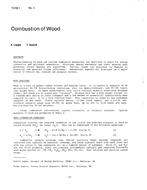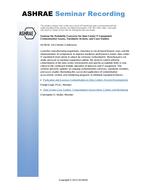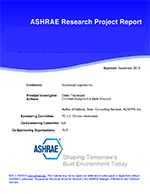Solar radiation absorption and reflection on roof surfaces affects heating and cooling energy demand. Prior studies of energy costs associated with the long-term trend toward using highly reflective roof membranes, (i.e., “cool roofs”) are reviewed and shown to have conflicting results in terms of the impact on heating costs. Also, the guidance for membrane reflectivity selection for building designers in terms of climate zone and/or heating and cooling degree days has not been clear. In this paper, both2015 energy costs and insulation codes by state have been used to model the impact of cool roofs on building energy demand.Assuming natural gas as a heating energy source and electric air conditioning, then the modeled cool roofs are shown to provide a net cost savings across all cities studied, even when long-term membrane reflectivity values are considered. When electricdem and charges are factored in, there is little correlation between the magnitude of savings and location climate.
Citation: 2018 Winter Conference, Chicago, IL, Technical Papers
Product Details
- Published:
- 2018
- Number of Pages:
- 9
- Units of Measure:
- Dual
- File Size:
- 1 file , 420 KB
- Product Code(s):
- D-CH-18-009


